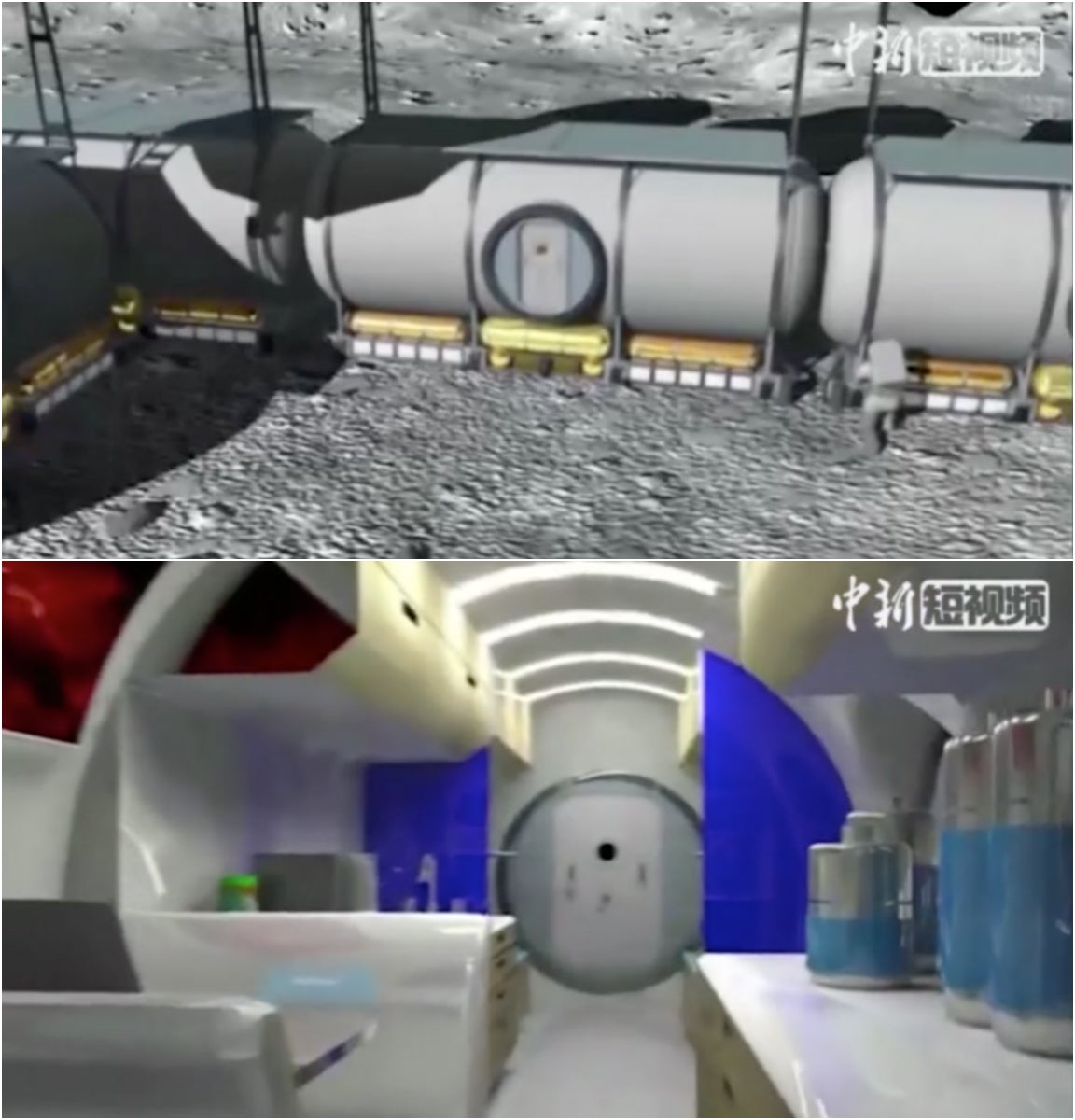China lays out its ambitions to colonize the moon and build a “lunar palace”
In one of China’s most famous folktales, a woman named Chang’e flew to the moon after consuming an elixir of immortality, choosing to live in a lunar palace so she could remain close to her husband on earth.


In one of China’s most famous folktales, a woman named Chang’e flew to the moon after consuming an elixir of immortality, choosing to live in a lunar palace so she could remain close to her husband on earth.
Inspired by the thousand-year-old fairy tale, China has ambitions to build a real-life lunar palace on the moon, according to its space agency. The China National Space Administration released a video (link in Chinese) on April 24, the country’s third space day, laying out its plans to build a scientific outpost on the moon.
“China’s dream of residing in a lunar palace will soon become a reality,” said the video, which recapped the country’s achievements and plans in space.
The proposed lunar outpost would be made of multiple tube-shaped cabins where scientists would live and conduct their research. The agency didn’t provide a specific timeframe, but Wu Weiren, the chief designer of China’s moon-exploration project, told state broadcaster CCTV in March that it could happen by 2030 (link in Chinese). The ideal location would be the moon’s south pole, which might have water and enough sunlight, he added.

Though China is working to send a probe to Mars, the moon remains a central part of its space ambitions. In 2013, it became the third country to make a soft landing on the moon, with its robotic lander Chang’e 3.
By the end of this year, it intends to send the first lunar probe to the far side of the moon. Before doing so, it plans to launch a rocket in May carrying a relay satellite to set up communication between Earth and its Chang’e-4 lander and rover.
The relay satellite’s name, Queqiao, was also revealed during the country’s space day. Its name is inspired by another celestial-related lore. Queqiao, which means a bridge formed by magpies, refers to the story behind the Qi Xi festival (also known as Chinese Valentine’s Day), in which thousands of magpies created a bridge to help reunite a couple, a goddess in heaven and her mortal husband.
China has already built a prototype for its lunar palace on earth. A project, known as Yuegong-1 or Lunar Palace 1, has student researchers living in a moon-like environment and subsisting on mealworms and crops they cultivate using fertilizer made from their own waste. The experiment is expected to finish next month.
Still, China’s first colonizers to the moon won’t be human. Instead, seeds of potatoes and arabidopsis—a small flowering plant belonging to the mustard family—along with silkworm cocoons, will hitch a ride with the Chang’e-4 lunar probe.